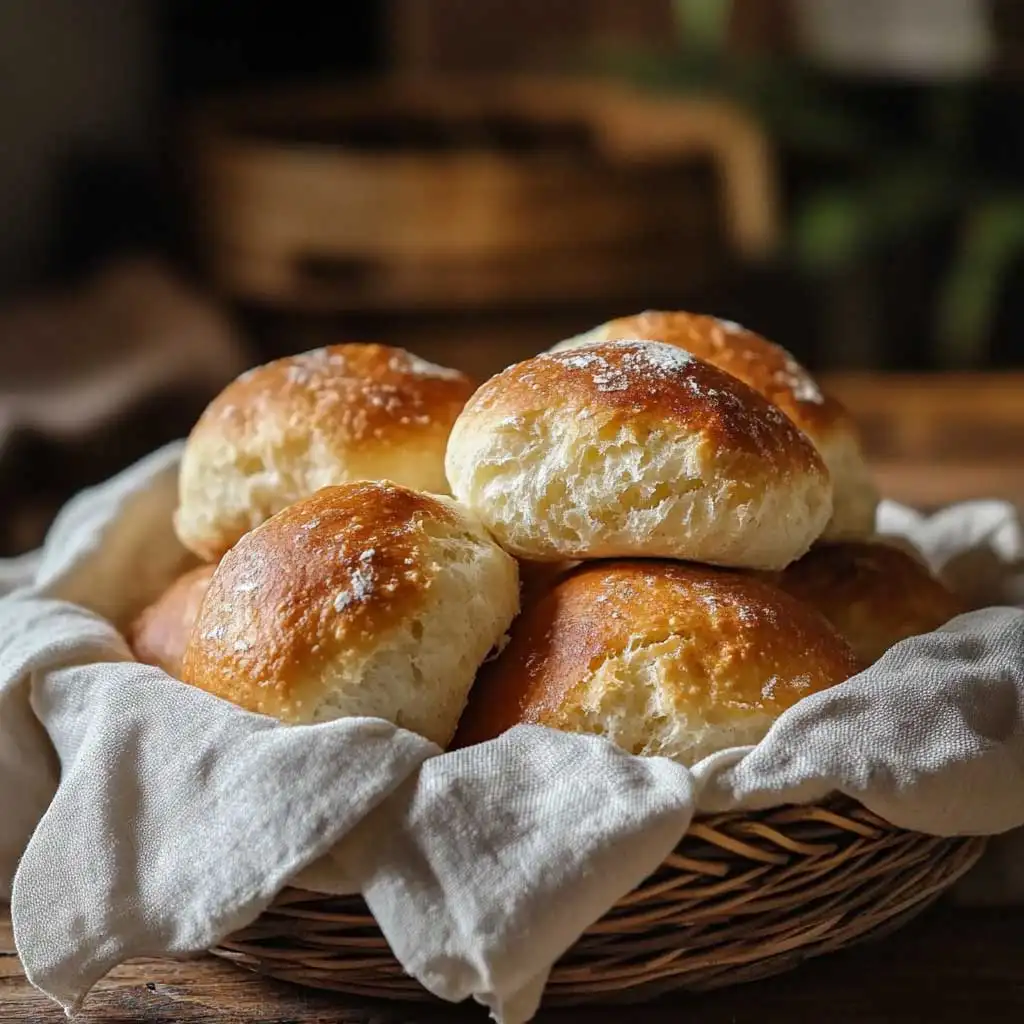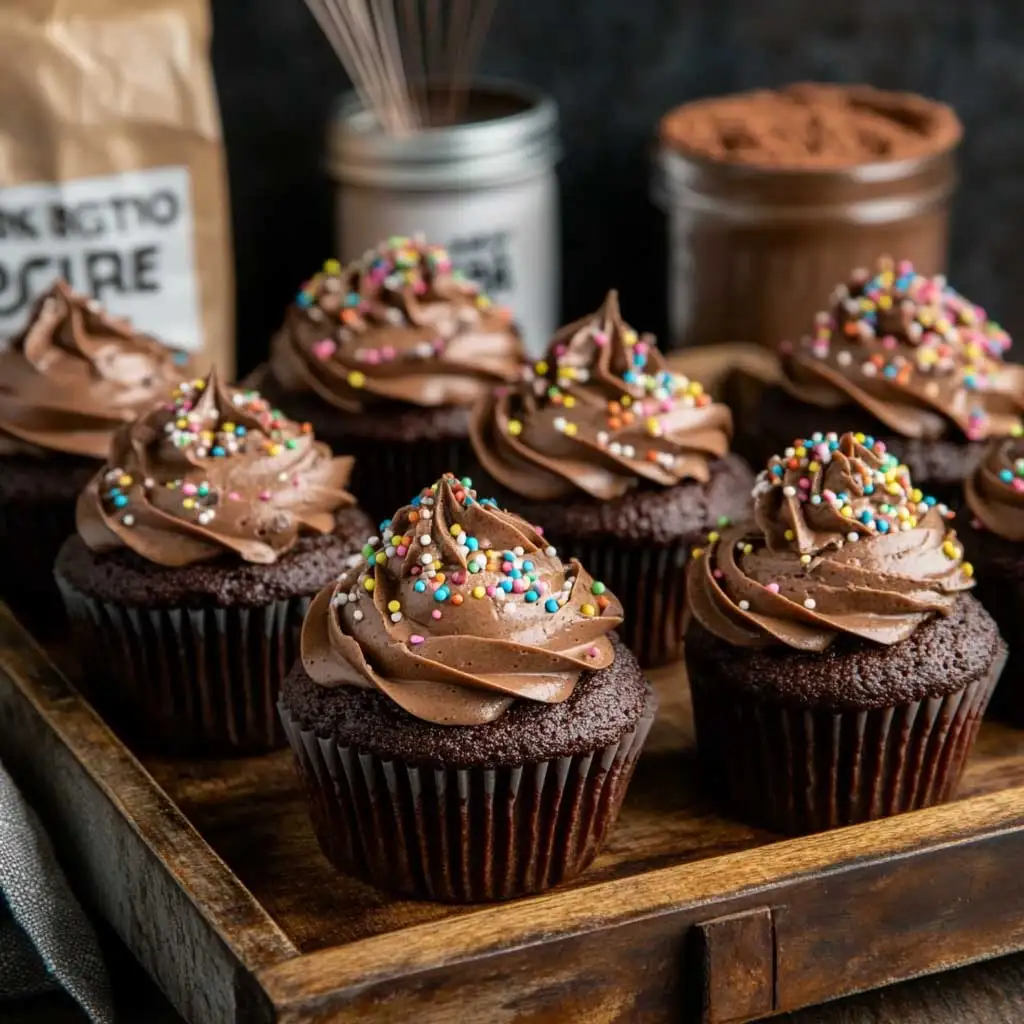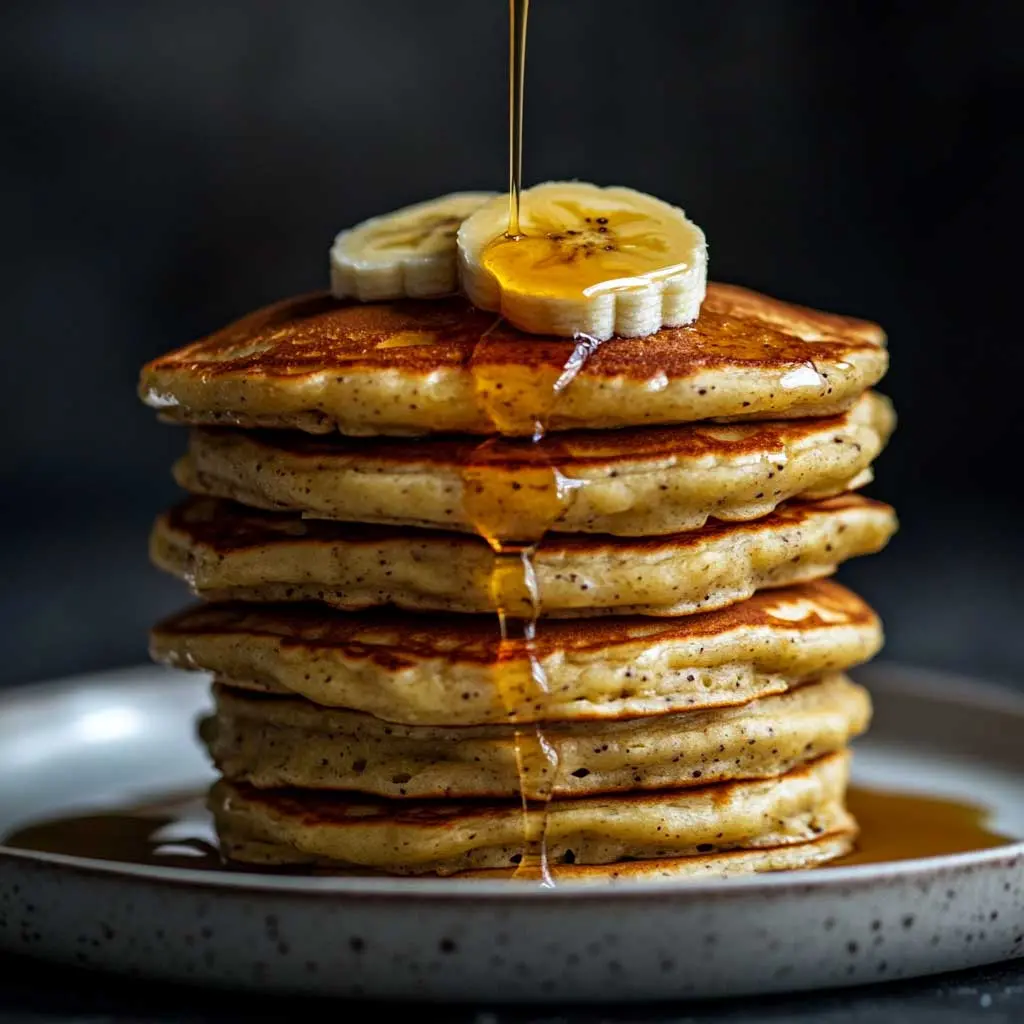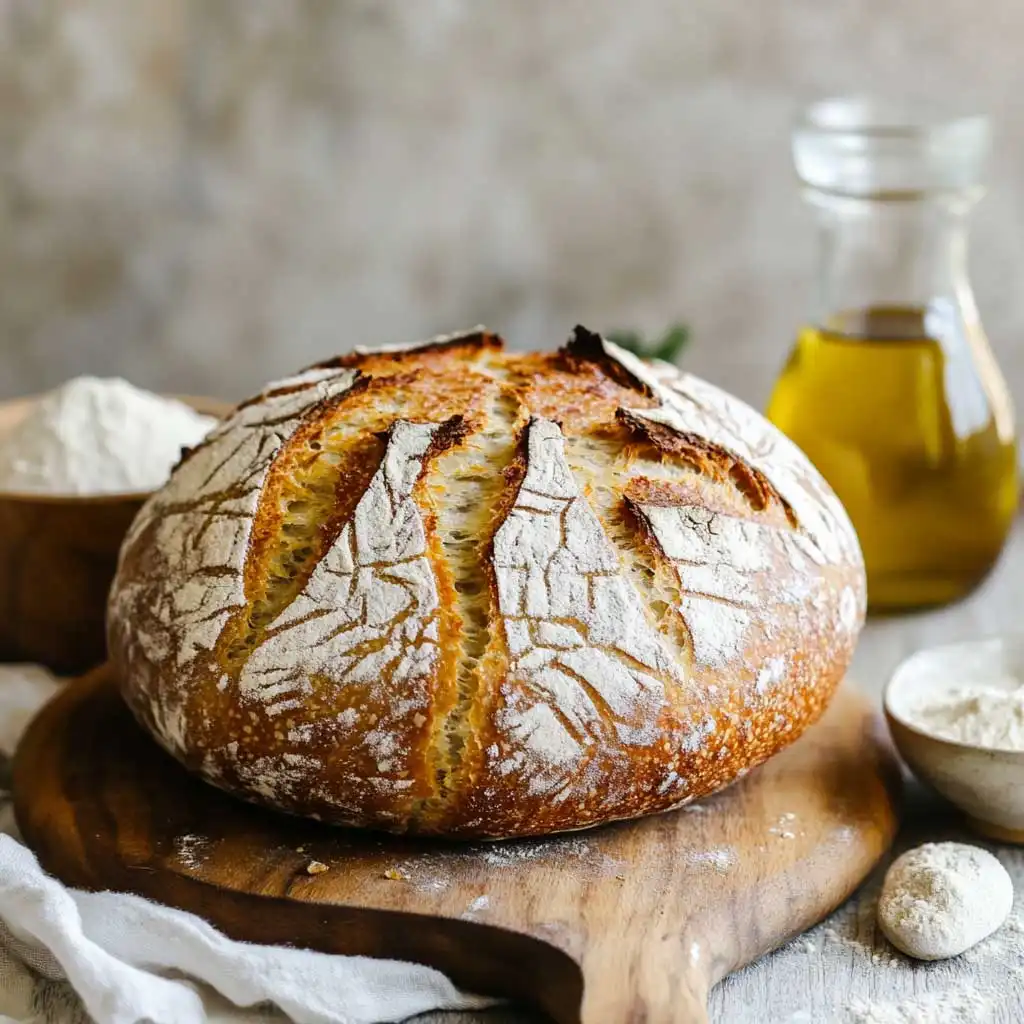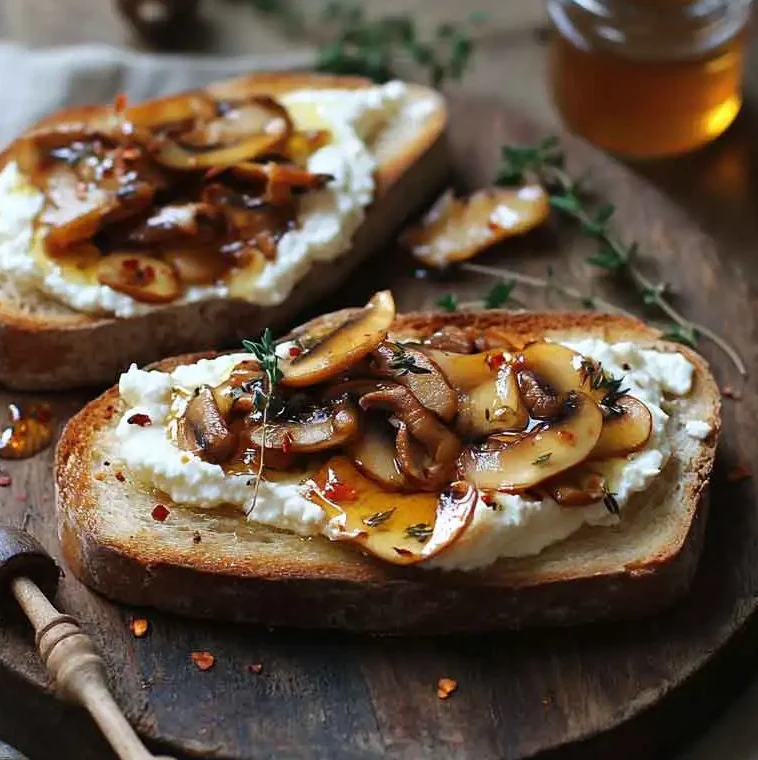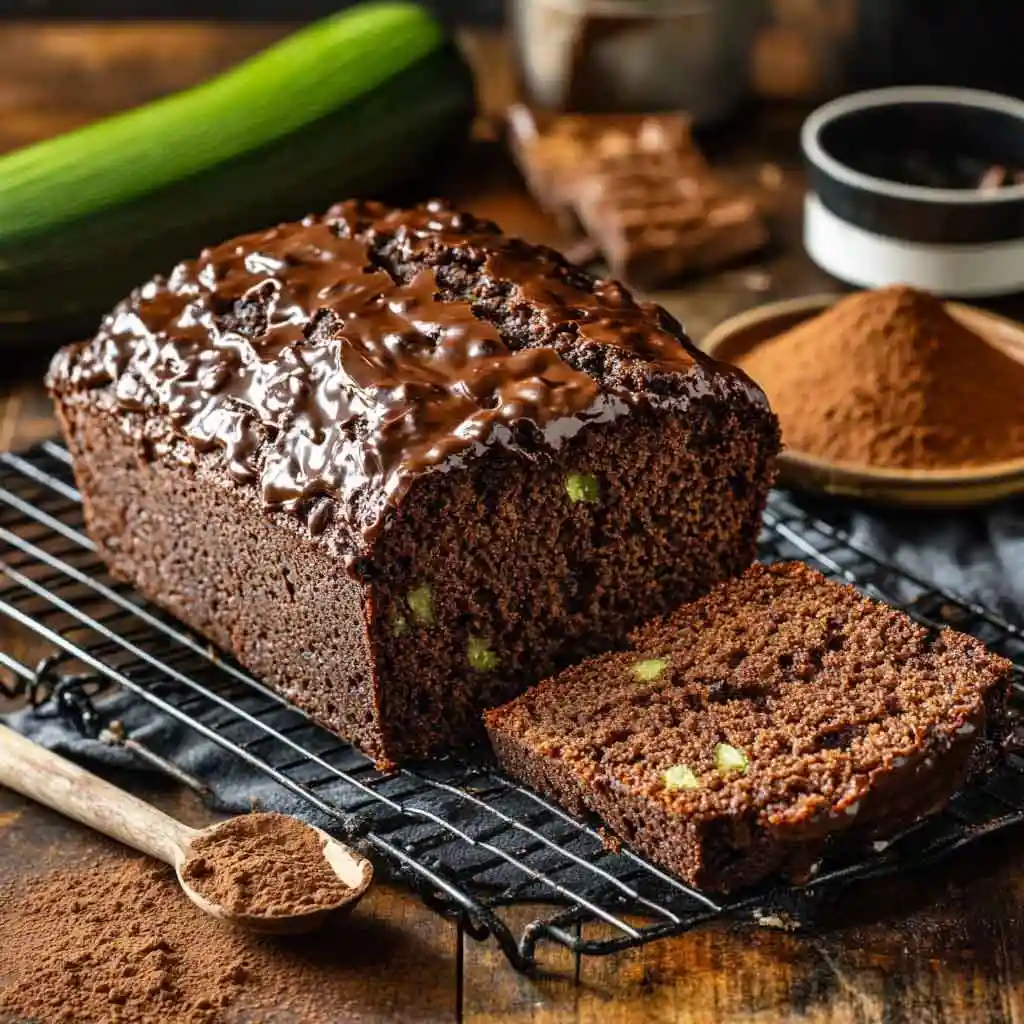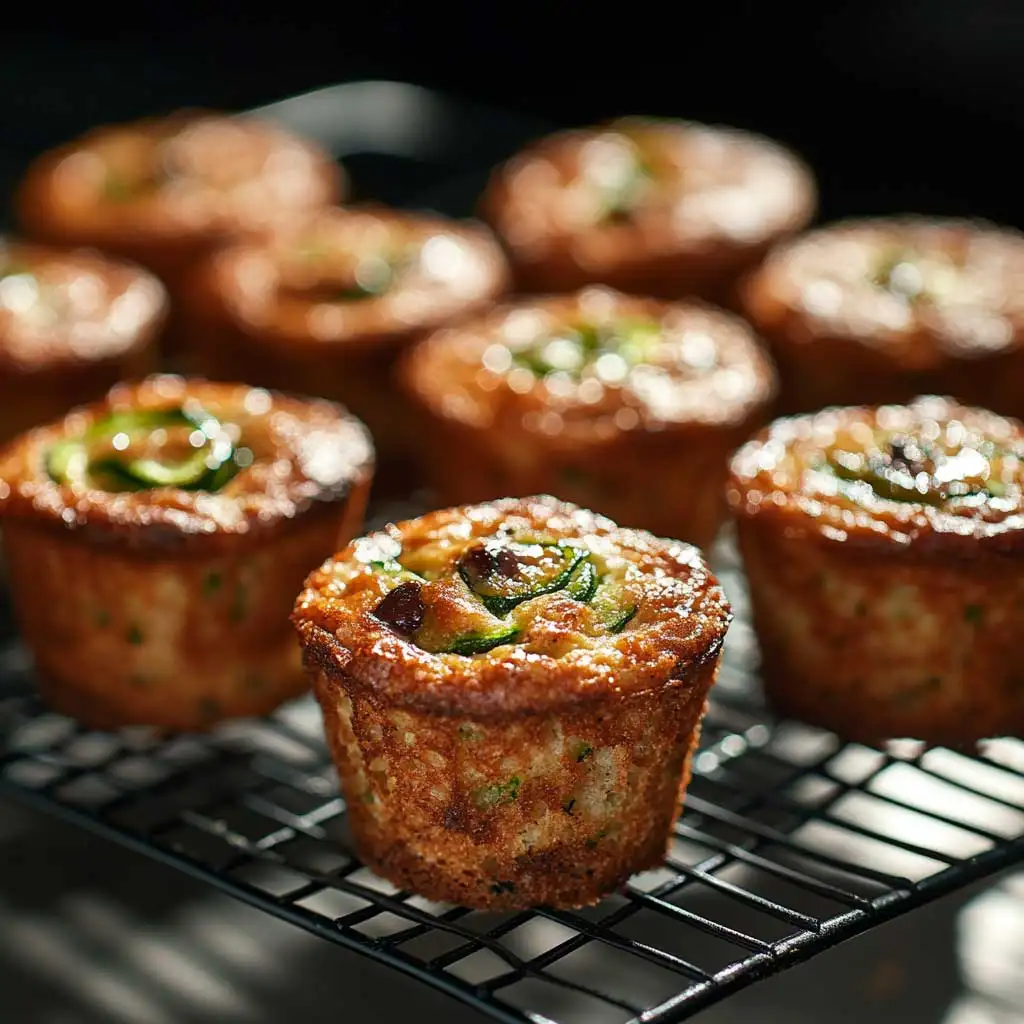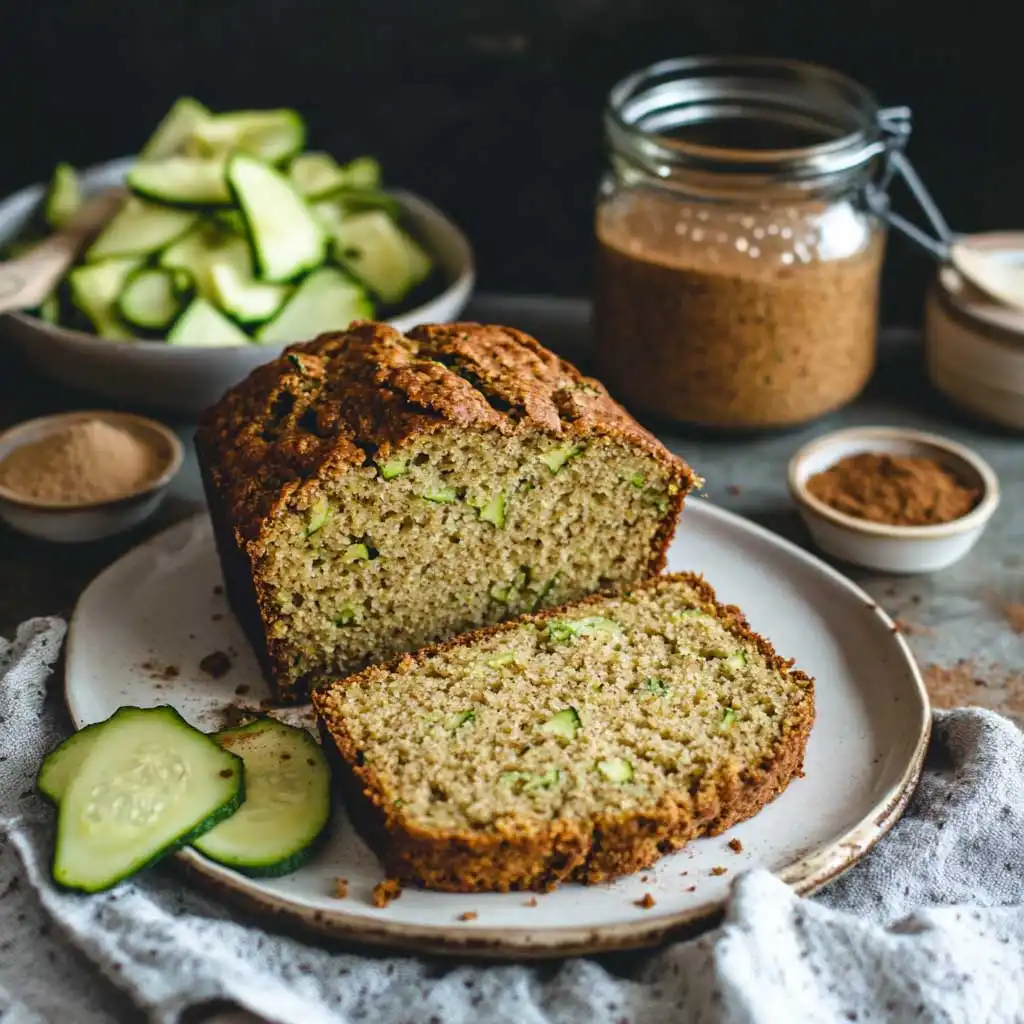Description: Bake bakery-style sourdough hamburger buns at home with this simple discard buns recipe that also works beautifully for sourdough sandwich buns or rolls. Perfect for burgers, picnics, or everyday meals—discover the details and enjoy fresh homemade burger buns.
Why Homemade Sourdough Hamburger Buns Are Worth It
A Memory of Backyard Burgers and Fresh Bread
There’s something unforgettable about summer evenings in the backyard—the sound of sizzling burgers on the grill, the faint laughter of family and friends, and, if you’re lucky, the smell of freshly baked sourdough hamburger buns drifting through the air. The first time I brought a plate of homemade burger buns to the cookout, I didn’t expect them to steal the show. Yet, as everyone took that first bite, I saw the magic unfold. The tangy aroma from my sourdough starter paired with the tender crumb of the bun made every burger taste richer, softer, and unmistakably homemade.

That moment changed how I looked at the humble burger bun. I realized that while store-bought options get the job done, homemade burger buns elevate the experience completely. They’re not just a vessel for your fillings—they’re part of the flavor story. With this discard buns recipe, you can transform your extra sourdough starter into light, fluffy, golden rolls that truly make every bite memorable.
The beauty of sourdough hamburger buns lies in their combination of texture and taste. The mild tang of sourdough enhances the meat’s savoriness, while the soft crumb and slightly chewy crust hold up beautifully to juicy burgers or pulled pork. Whether it’s a sunny afternoon barbecue or a cozy dinner at home, these buns turn your meal into something special.
Print
Soft & Fluffy Sourdough Hamburger Buns
- Total Time: 6 hours
- Yield: 8 buns 1x
Description
Bakery-style sourdough hamburger buns made with starter or discard—soft, tender, and lightly tangy, perfect for burgers, sandwiches, or dinner rolls.
Ingredients
Instructions
1. Whisk starter/discard, warm milk, egg, butter, and sugar until smooth; add flour and salt and mix until no dry spots remain.
2. Knead 8–10 minutes (mixer on low) or 10–12 minutes by hand until smooth, elastic, and slightly tacky; dough should pass a windowpane test.
3. Place in a lightly oiled bowl, cover, and bulk ferment at room temp until doubled, 3–5 hours (longer if using discard or a cool kitchen).
4. Turn dough onto a lightly floured surface and divide into 8 equal pieces; shape each into a tight ball by tucking edges under.
5. Arrange on a parchment-lined sheet pan, spacing 2–3 inches apart; cover loosely and proof until puffy and nearly doubled, 1.5–2.5 hours.
6. Near the end of proofing, preheat oven to 375°F (190°C).
7. Brush buns with egg wash; sprinkle sesame or seasoning if desired.
8. Bake 18–22 minutes until deep golden and an internal temp reads 190–195°F (88–90°C).
9. Cool on a wire rack completely for a set, fluffy crumb.
10. Serve fresh or store airtight up to 3 days; freeze up to 3 months and rewarm at 300°F (150°C) for 8–10 minutes.
- Prep Time: 30 minutes
- Cook Time: 20 minutes
Nutrition
- Calories: 279 kcal
- Sodium: 290 mg
- Fat: 6 g
- Carbohydrates: 46 g
- Protein: 8 g
With just a few simple ingredients, a bit of patience, and your trusty sourdough starter (or even just your discard), you can create bakery-level buns right in your kitchen. The process isn’t difficult—it’s simply a slow rhythm that rewards care and time. And the result? Fluffy, golden rounds that make you proud to say, “I baked these myself.”
What Makes Sourdough Buns Taste So Good
So, what’s behind that irresistible taste and texture in sourdough hamburger buns? It all comes down to the magic of natural fermentation. Your sourdough starter—whether active or discard—is a living culture of wild yeast and lactobacilli. When you incorporate it into a homemade burger buns recipe, the dough develops more depth of flavor compared to quick-rise, yeast-only recipes. The wild yeast creates lift, while the natural acids from fermentation build a subtle tang and soft structure within the crumb.
Because sourdough works more slowly, it allows the gluten to relax and the starches to break down gently. The result is a bun that’s not only easier to digest but also richer in flavor and texture. A touch of butter and milk adds tenderness, while a bit of sugar contributes to that golden color we all love.
Another advantage of a discard buns recipe is flexibility. You can use active starter for a stronger rise or unfed sourdough discard when you want to reduce waste and still get great taste. With enough rest time, the discard delivers that signature sourdough charm—slightly tangy, soft inside, crisp on the outside.
Home bakers appreciate sourdough not only for its flavor but for the satisfaction of crafting something wholesome from scratch. The same foundation that produces rustic loaves can also create sourdough sandwich buns or dinner rolls that make even simple meals feel gourmet. Between the natural fermentation, delicate crumb, and the way these buns toast beautifully on the grill, you’ll quickly see why every burger deserves a bun like this.
In short, soft and fluffy homemade sourdough hamburger buns bring together comfort, craft, and flavor in every bite. The next time you plan a burger night, skip the plastic-wrapped buns at the store and reach for your sourdough jar instead—you’ll taste the difference from the very first bite.
Gather Your Ingredients and Tools
Essential Ingredients for Sourdough Buns
Making soft and fluffy sourdough hamburger buns begins with choosing the right ingredients. Each item in this recipe plays a vital role in creating texture, structure, and flavor. Think of it as building harmony between rich dairy, natural fermentation, and a touch of sweetness. Here’s what you’ll need to make this homemade burger bun discard recipe shine:
- Sourdough Starter or Discard (about 150 g) – Adds character and tang depending on activity level.
- All-Purpose or Bread Flour (400–450 g) – Bread flour gives chew; all-purpose offers softness.
- Whole Milk (200 ml, warmed) – Enriches dough and keeps buns tender.
- Unsalted Butter (40 g, softened) – Provides richness and melt-in-mouth crumb.
- Egg (1 large) – Adds color, structure, and extra softness.
- Sugar (1.5–2 tbsp) – Aids fermentation and browning.
- Salt (1 tsp) – Balances flavor and strengthens gluten.
- Optional toppings: Sesame seeds or everything bagel seasoning for visual and flavor contrast.
Ingredient Tip: Bring ingredients to room temperature before mixing for even fermentation and consistent rise.
Tools You’ll Need for Baking Success
| Tool | Purpose | Why It Matters |
|---|---|---|
| Kitchen Scale | Measures accurately | Essential for consistent sourdough results. |
| Mixing Bowl | Combines ingredients | Allows room for expansion during rises. |
| Stand Mixer or Dough Whisk | Kneads efficiently | Ensures proper gluten development. |
| Bench Scraper | Divides and shapes dough | Keeps portions uniform and surface clean. |
| Baking Tray | Holds proofed buns | Ensures even heat and easy cleanup. |
| Proofing Container | Maintains humidity | Supports controlled expansion during fermentation. |
| Pastry Brush | Applies egg wash | Gives a glossy, golden bakery finish. |
| Oven Thermometer | Checks accuracy | Guarantees ideal baking temperature. |
Pro Tip: A bench scraper helps create evenly sized sourdough hamburger buns and simplifies cleanup.
Mixing, Proofing, and Shaping the Dough
Step 1–3: Mixing and First Rise
Step 1: Combine Ingredients. Whisk together sourdough starter or discard, warm milk, egg, butter, and sugar. Add flour and salt until no dry streaks remain. Knead until smooth and elastic—8–10 minutes by mixer or 10–12 by hand.
Step 2: Windowpane Test. Stretch a small piece of dough; if translucent without tearing, gluten development is complete.
Step 3: First Rise (Bulk Fermentation). Place dough in a greased bowl, cover, and ferment 3–5 hours at room temperature until doubled. A well-proofed dough feels light and bubbles beneath the surface. Cooler kitchens may need extra time; patience enhances flavor and texture.
Pro Tip: For next-day baking, refrigerate after partial rise overnight—cold fermentation deepens flavor and improves handling.
Step 4–6: Shaping, Topping & Baking
Step 4: Shape the Buns. Turn dough onto a floured surface, divide into 8–10 even pieces, and shape into smooth rounds. Place on parchment-lined tray, seams down, spaced apart for growth.
Step 5: Second Rise. Cover loosely and let proof 1.5–2.5 hours until nearly doubled. Preheat oven to 375°F (190°C). Brush with egg wash; sprinkle sesame or seasoning if desired.
Step 6: Bake. Bake 18–22 minutes until deep golden brown or 190–195°F (88–90°C) internally. Cool on a rack, then cover loosely with a towel for extra softness. Once cool, slice and serve.
Perfecting & Enjoying Your Sourdough Buns
Serving Suggestions and Storage Tips
Bake day is only the beginning—your soft and fluffy sourdough hamburger buns are perfect for every meal.
- Burgers: Toast lightly to complement juicy patties, grilled chicken, or veggie burgers.
- Sandwiches: Use for breakfast sandwiches or pulled pork melts.
- Dinner Rolls: Serve with soup or as garlic bread by adding butter and herbs before toasting.
Storage: Cool completely before storing.
- Room Temperature: Airtight container up to 3 days with a paper towel inside to absorb moisture.
- Freezing: Wrap individually; freeze up to 3 months. Reheat at 300°F (150°C) for 8–10 minutes.
- Refreshing: Mist with water and warm briefly to restore softness.
FAQ + Conclusion
1. Can I make sourdough hamburger buns with sourdough discard only?
Yes. Allow extra time for fermentation since discard is less active, and you’ll still get flavorful, tender results.
2. Why are my buns dense?
Most often from under-proofing or too much flour. Ensure the dough doubles and passes the windowpane test before shaping.
3. How long do homemade sourdough buns stay fresh?
They last 2–3 days at room temperature if sealed well. For longer storage, freeze rather than refrigerate to avoid dryness.
4. Can I reshape this dough into sandwich rolls?
Absolutely. Form smaller or longer shapes and adjust bake time as needed.
5. What’s the best way to reheat?
Warm in a 300°F (150°C) oven or toast cut-side down on a skillet for crisp edges. Avoid microwaving to maintain softness.
Conclusion
Baking your own sourdough hamburger buns turns ordinary meals into moments of homemade comfort. Each shiny, golden bun holds the reward of time and care invested in nurturing sourdough. With this discard buns recipe, nothing goes to waste—just pure, soft, tangy flavor ready for burgers, sandwiches, or brunch. When you take that first bite, you’ll taste the joy of true homemade bread and know that fresh-baked buns will always make every meal extra special.










